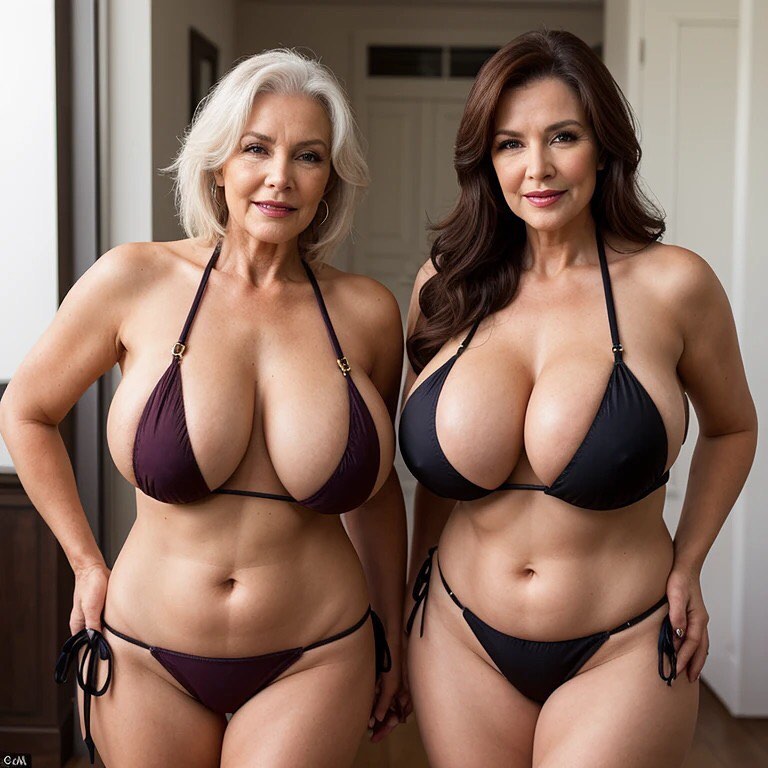
It started as an unremarkable post in a sea of social media content, but this particular photo quickly gained traction. Labeled as the “average American woman,” it was meant to capture the everyday essence of womanhood in the United States. However, the image sparked a firestorm of commentary, debates, and even backlash, as people from all walks of life weighed in on what it truly meant to be “average.”
At first glance, the photo showed a woman who seemed ordinary by conventional standards. She wasn’t a model or celebrity, just a regular person with a familiar, approachable look. She wore comfortable clothes—jeans, a basic T-shirt, sneakers. Her hair was a little messy, and her makeup was minimal, if she wore any at all. There was nothing flashy or glamorous about her, and perhaps that was the point. Yet, there was something undeniably captivating about how she stood, shoulders back, head held high, embodying a quiet confidence.
But as the photo went viral, it became clear that the conversation it sparked was about far more than just appearance. People began dissecting the image in ways that reflected deep societal issues and personal insecurities. Some praised the picture, seeing it as a refreshing change from the unattainable beauty standards often promoted by media. They appreciated that this woman looked like someone they could know, someone they could see at the grocery store, at work, or in their neighborhood.
“I love this! Finally, someone who looks like the rest of us,” one comment read.
Others, however, were quick to criticize the label itself—”average.” What did that even mean in a country as diverse as America? Could one photo truly represent all American women? Critics argued that by choosing this particular woman, the post was reinforcing stereotypes about size, age, and race. The woman in the photo, after all, appeared to be white, middle-aged, and slightly overweight. Was this the so-called average? What about the millions of women of color, women from different socioeconomic backgrounds, women with disabilities, or those who fell outside the conventional norms of beauty?
“The ‘average American woman’ is not a single image,” one woman wrote in frustration. “We come in all shapes, sizes, colors, and stories. You can’t define us with just one picture.”
As the debate raged on, the conversation widened to include larger issues about representation and self-worth. Women from all over began sharing their own photos and stories, each one showcasing a different aspect of the “average” American experience. Some were curvy, some were thin, some were older, some younger. They came from all walks of life—single mothers, professionals, athletes, artists, and more.
The viral photo had touched a nerve because it symbolized something much deeper: the ongoing struggle for women to be seen, valued, and respected for who they truly are, beyond the narrow definitions of beauty that society often tries to impose.
It also revealed how much the idea of “average” has evolved. What might have once been considered a simple or even dismissive label became an invitation to discuss diversity, inclusion, and self-acceptance. In a world where social media often pushes us to compare ourselves to an impossible ideal, this photo was a reminder that real beauty lies in authenticity, and that “average” is anything but simple. It is complex, varied, and uniquely human.
In the end, the photo had gone viral not because it was extraordinary, but because it resonated with the very real, everyday struggles and triumphs of women everywhere. The woman in the photo may have been called “average,” but the impact of the conversation she sparked was anything but.
And as more women came forward to share their voices, one thing became clear: no single image could ever encapsulate what it means to be the “average” American woman. Because there is no average. There is only diversity, strength, and the beauty of being unapologetically yourself.




